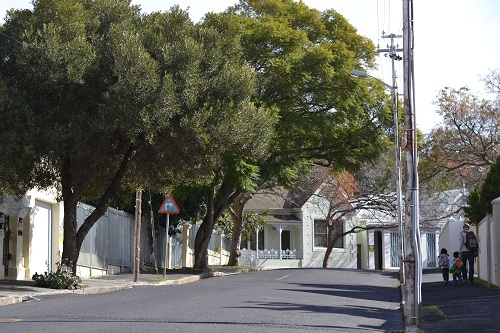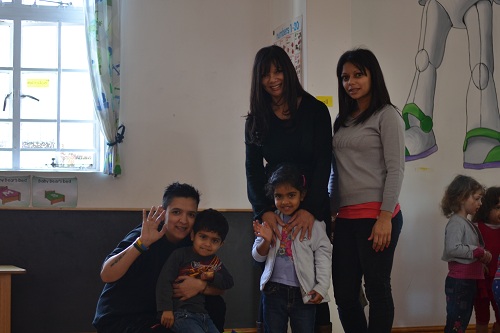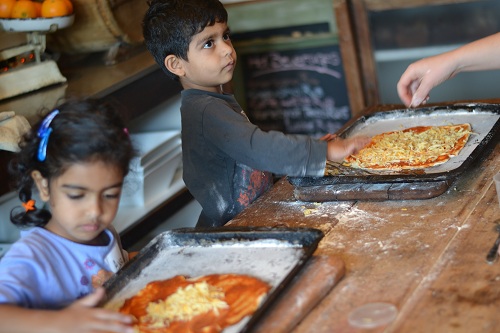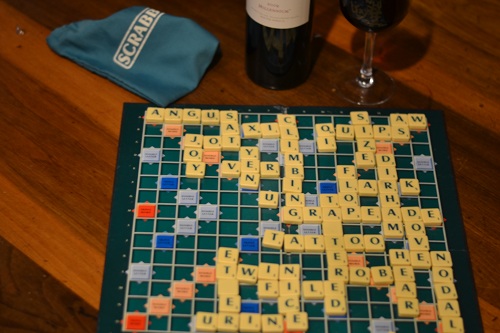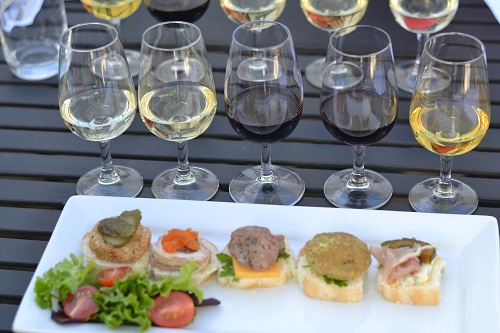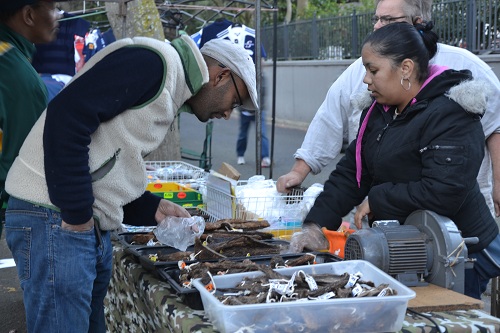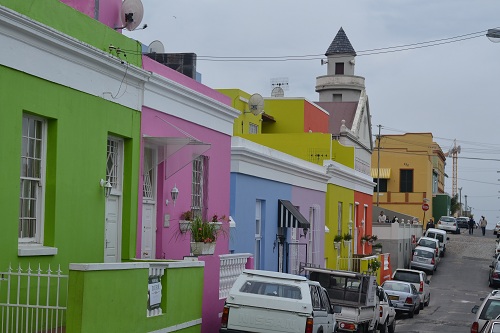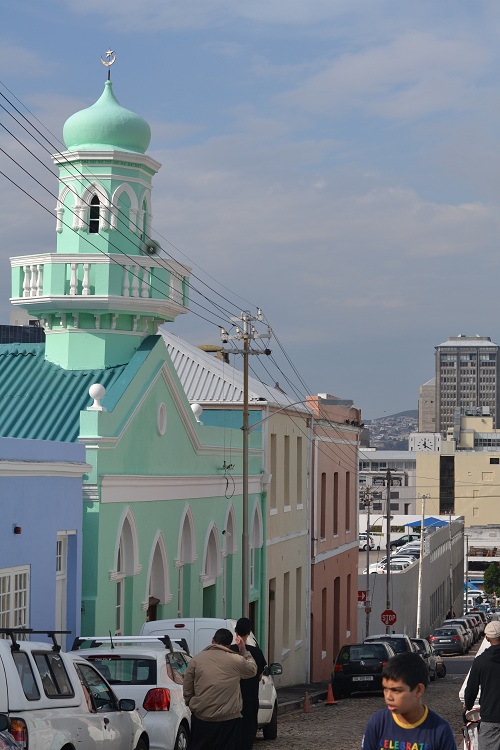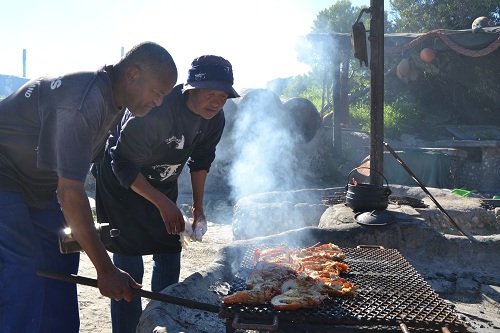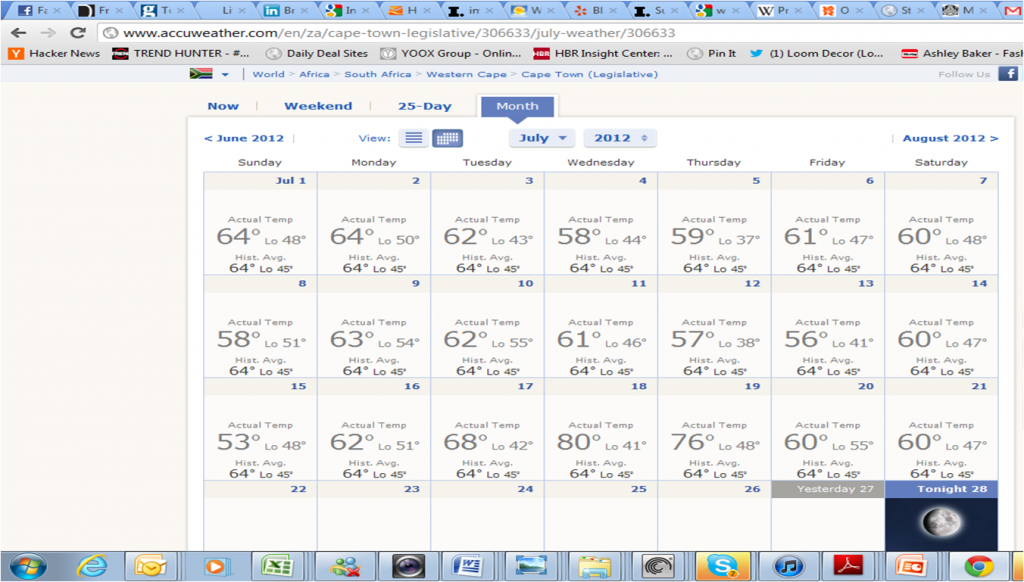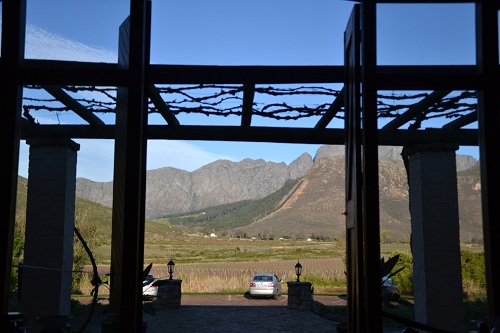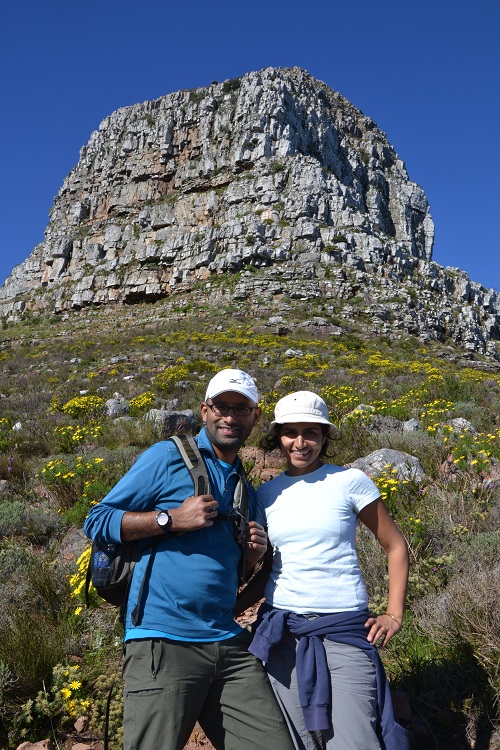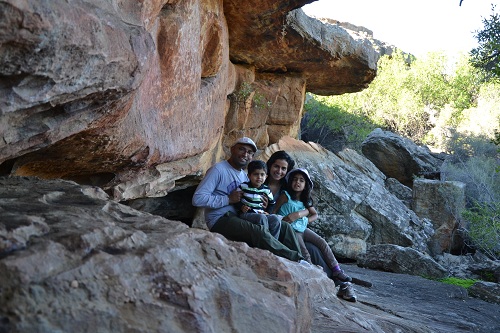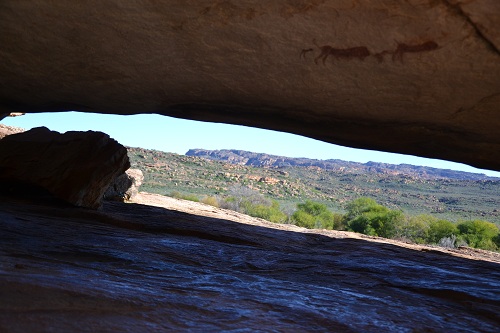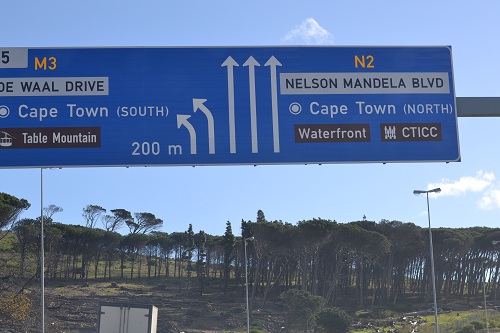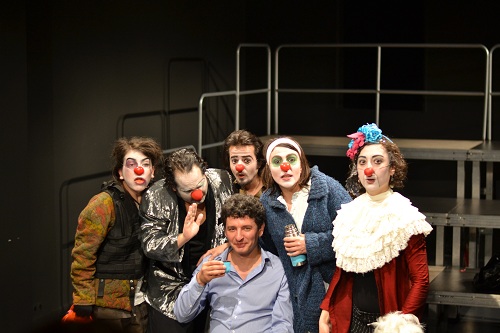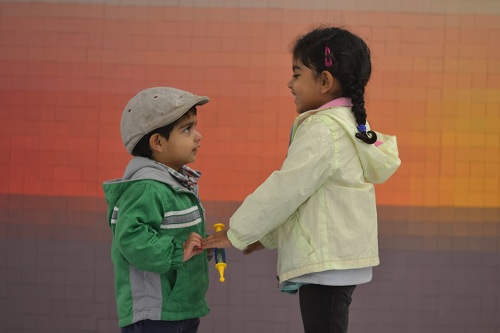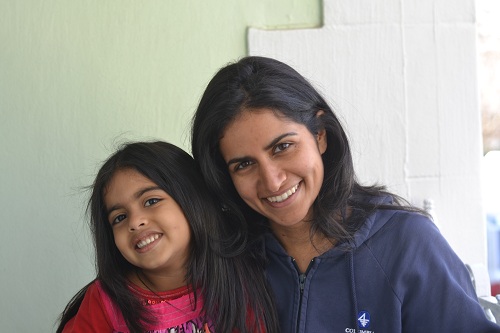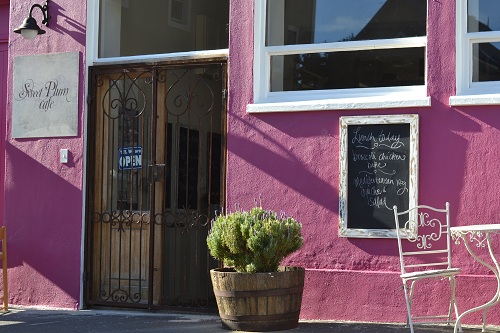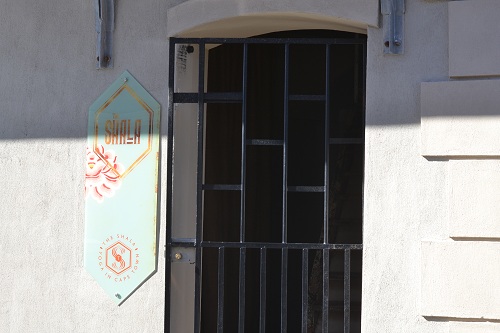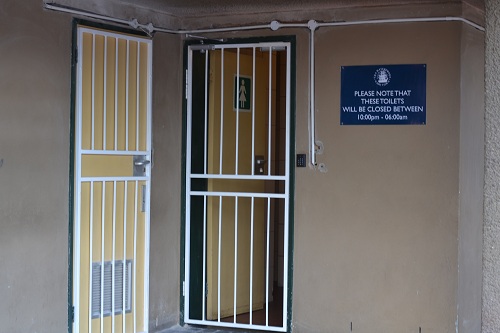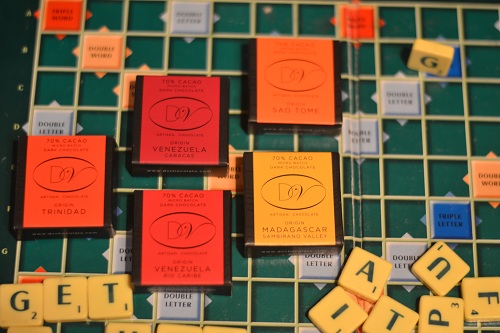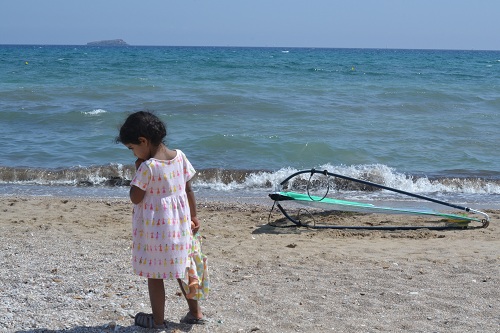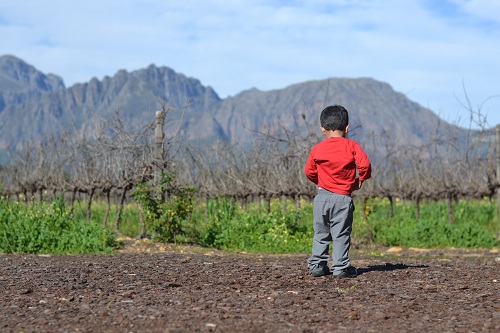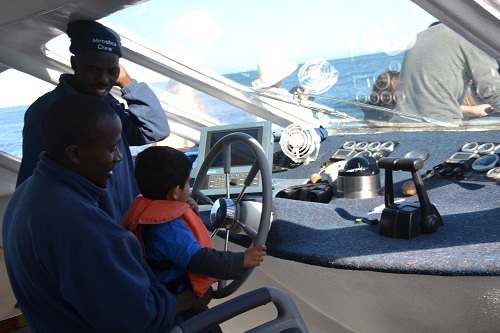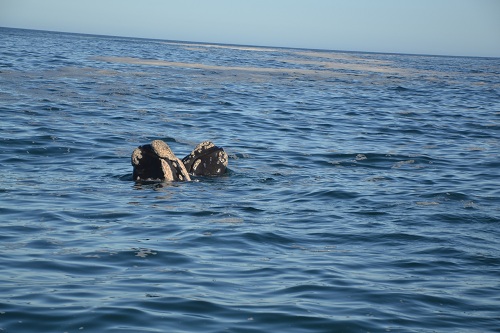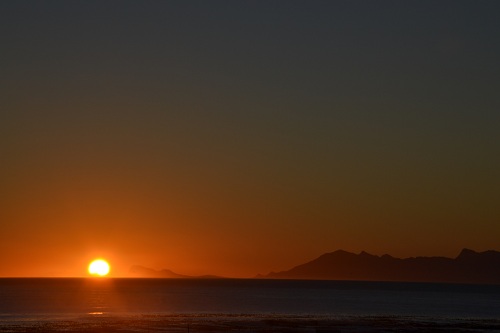Our departure from Cape Town to Rio is symbolic because Cape Town is our last real “base”. We consider a base to be anywhere we spent at least a month. Our bases (Chiang Mai, Kerala, Goa, Istanbul, Vouliagmeni, and Cape Town) allowed us to set a slow pace of discovery and time to integrate to local life. We designed our trip to have several bases, a luxury we had given the extended time of our journey. In each of our bases we adopted coffee shops, found babysitters, filled SIM cards, frequented grocers and playgrounds, and got to know our neighborhoods. Our mindset was different than during our quicker stops, which we approached more like vacations. When we only had a week or two in a place we tried harder to see the sights. In our bases, however, we lived regular lives and never felt rushed to work through a list of must do’s. Rio will be the last stop of our journey. We will be there for only two weeks, so it will be more like a vacation as opposed to a base. From there we will head back home, where, due to our routine lives and limited time-off, we’ll be taking only vacations.
As we packed yesterday, we sifted through a house that fast become our home for shoes under couches and clothes in closet corners. There was a tug at our hearts as we packed. Was it because South Africa is the penultimate country of our around the world journey and we know the end is near? Was it because we are leaving a few relationships that we started without the chance to see them grow? Perhaps because Amma just left for India and we’re going our own way to Brazil? Or is it due to the many things that make Cape Town unique among anywhere else we have been?
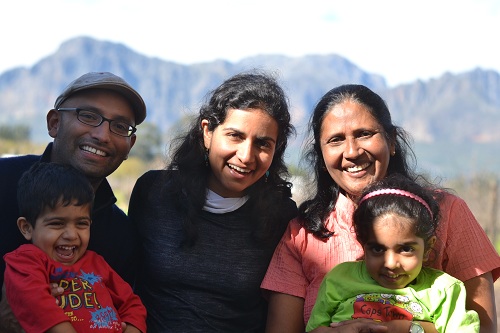
At the beginning of our journey we were surprised how quickly our family adjusted to each new place. Our short term rentals became home within a few days and we made neighborhood friends quickly. The routine of packing, flying and settling in to a new country now seems so natural. Cape Town has been the longest stop of our journey and given how quickly we settled down, it’s all the harder to leave. During our last few hours of Cape Town sunshine, we took one final walk around the familiar streets that guided us out for adventure and pointed us back home.
